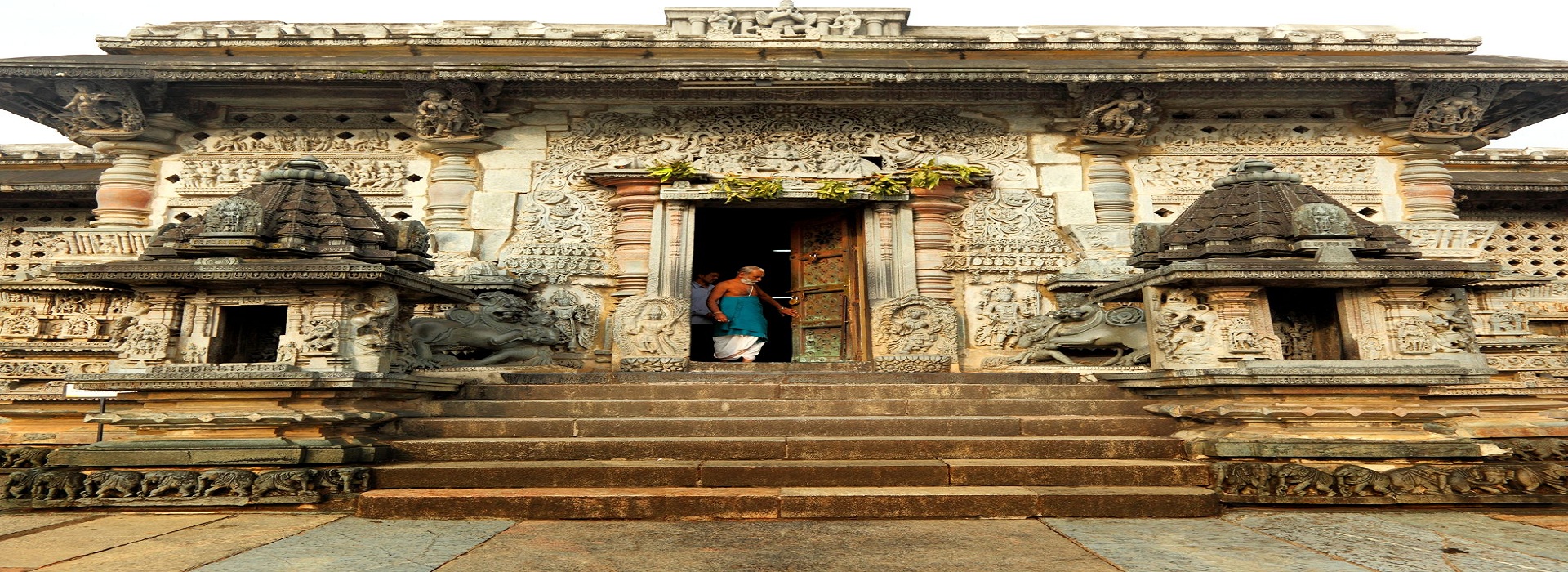Karnataka the southern state of India has much prominence due to large legacy of culture and heritage. As tourist you can explore age old temples, encounter the modernity. This state has fusion of old traditions and modern developments. For the ease of vacationers the state has developed much infrastructure. There are scores of places to visit in Karnataka which you can include in your Karnataka tour itinerary.
The Monuments of Hampi
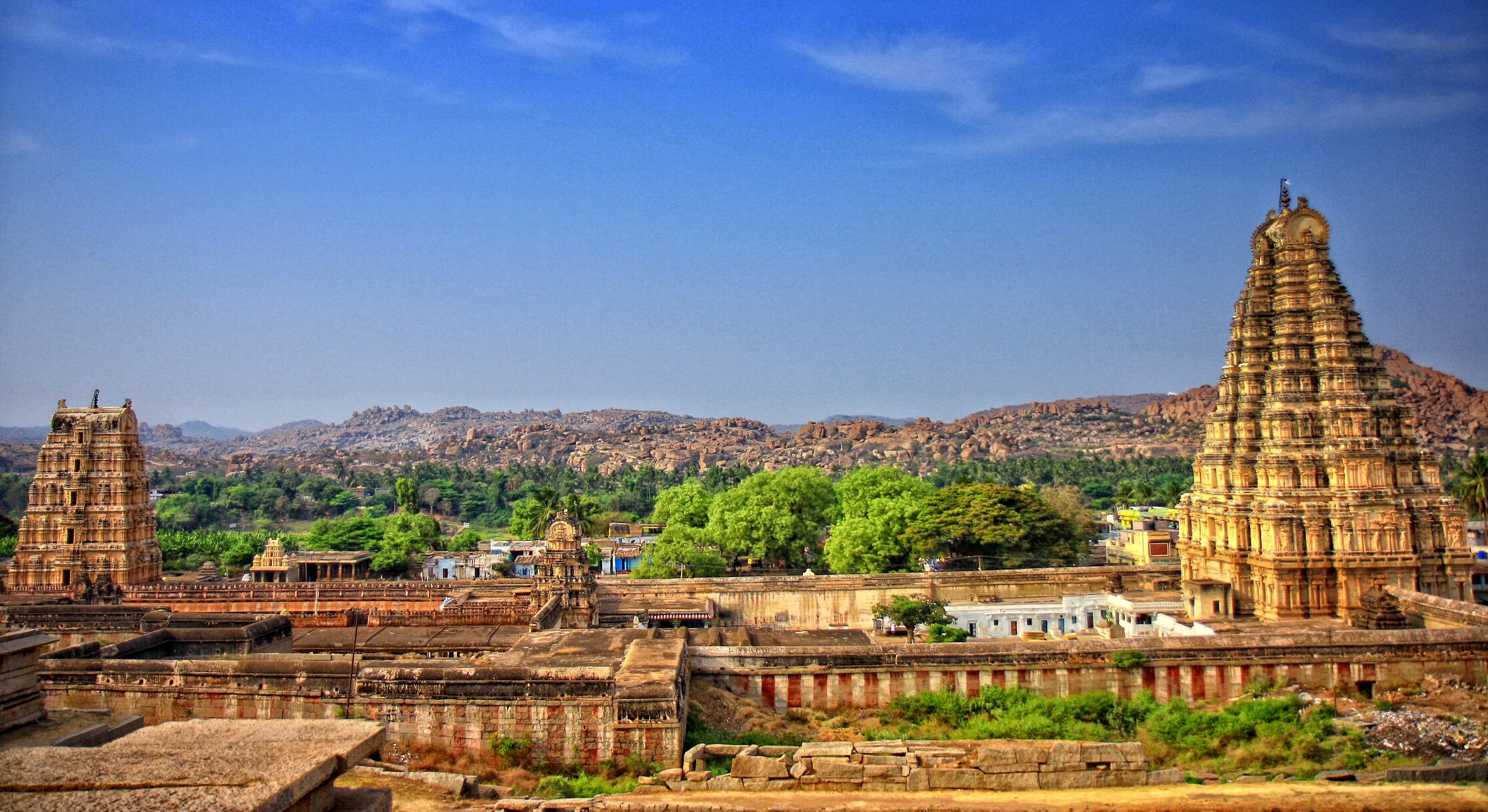
The town’s three main temples are well worth a visit, and they tell the story of its people and their city. These temples are located in the town’s Bazaar. The main temple, Virupaksha, is dedicated to Lord Shiva, the divine form of one of the Hindu trinity. It is the patron deity of Hampi, and has three entrance towers. It has undergone expansion in the Hoysala period, and was built by King Devaraya II. In the 15th century, king Devaraya II also built a temple dedicated to Hazara Rama, an important god of the Hampi region.
The ruins still amaze tourists and historians. This ancient city was once a wealthy and prosperous kingdom. The Moghuls eventually destroyed it, but the monuments still remain. The ruins are still being excavated by the Archeological Survey of India. If you’re looking for a place that oozes history, Hampi is a great choice. Its monuments, including the famous Mahanavami Dibba, will awe you.
The biggest monolithic Linga in Hampi stands at three feet tall. The imposing monolith is dedicated to Lord Shiva, and has three eyes etched into it. Despite the temple’s size, it remains a fascinating example of ancient Indian architecture. The temple is located in a sprawling compound, with a mud road running through it. Aside from temples, there are numerous granaries that have been attributed to a god in the past.
Bidar Fort – One of the top Places to Visit in Karnataka
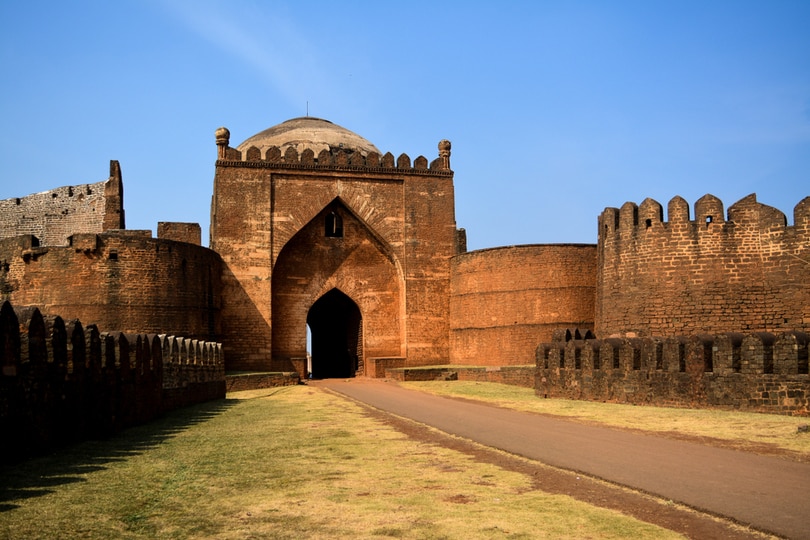
The rich history of the Bidar fort is reflected in its architecture. Its thick walls have hints of Persian and Islamic influences. The Ahmad Shah remodeled the fort and constructed an elaborate royal complex within its walls – more than 10 km of walls! The fort has full-proof security, including a triple-layered glacis and thick walls of red laterite stone. This is why the fort survived the attack by Aurangzeb.
The fort is surrounded by ruins of mosques, palaces, and other buildings. It has over 30 buildings within its walls. The fort’s walls are made of stone and mortar, and it has three entrances, including a high-domed one. Inside, it is decorated with vibrant colors and has an impressive view. The fort is free to enter and photographs are allowed, though you must be over the legal age limit.
There is ample parking at the Bidar Fort, and you can take an Uber to get to the fort. The distance between Bidar and Hyderabad is 134 km, or 84 miles. The drive should take about three hours. Bidar is also accessible by bus or train from Bangalore, while bidding adieu to Hyderabad. A bus from Bangalore takes approximately 20 hours to reach the town of Bidar via Bellary.
Another interesting feature of the Bidar fort is the historic water supply system, called a karez. This technology originated in Persia, and it was brought to the Deccan by Brahmani kings in the 15th century. The system includes underground canals that tap into natural springs and transport water through a tunnel to the settlement. It also empties into a huge water tank or pond, which is then used for drinking, washing clothes, and agricultural use.
Suggested Tour Packages
- Golden Triangle Tour Packages
- Rajasthan Tour Packages
- Taj Mahal Tours
- Taj Mahal Tour Packages
- Golden Triangle Tour of Karnataka
Mysuru Palace – One of the top Places to Visit in Karnataka
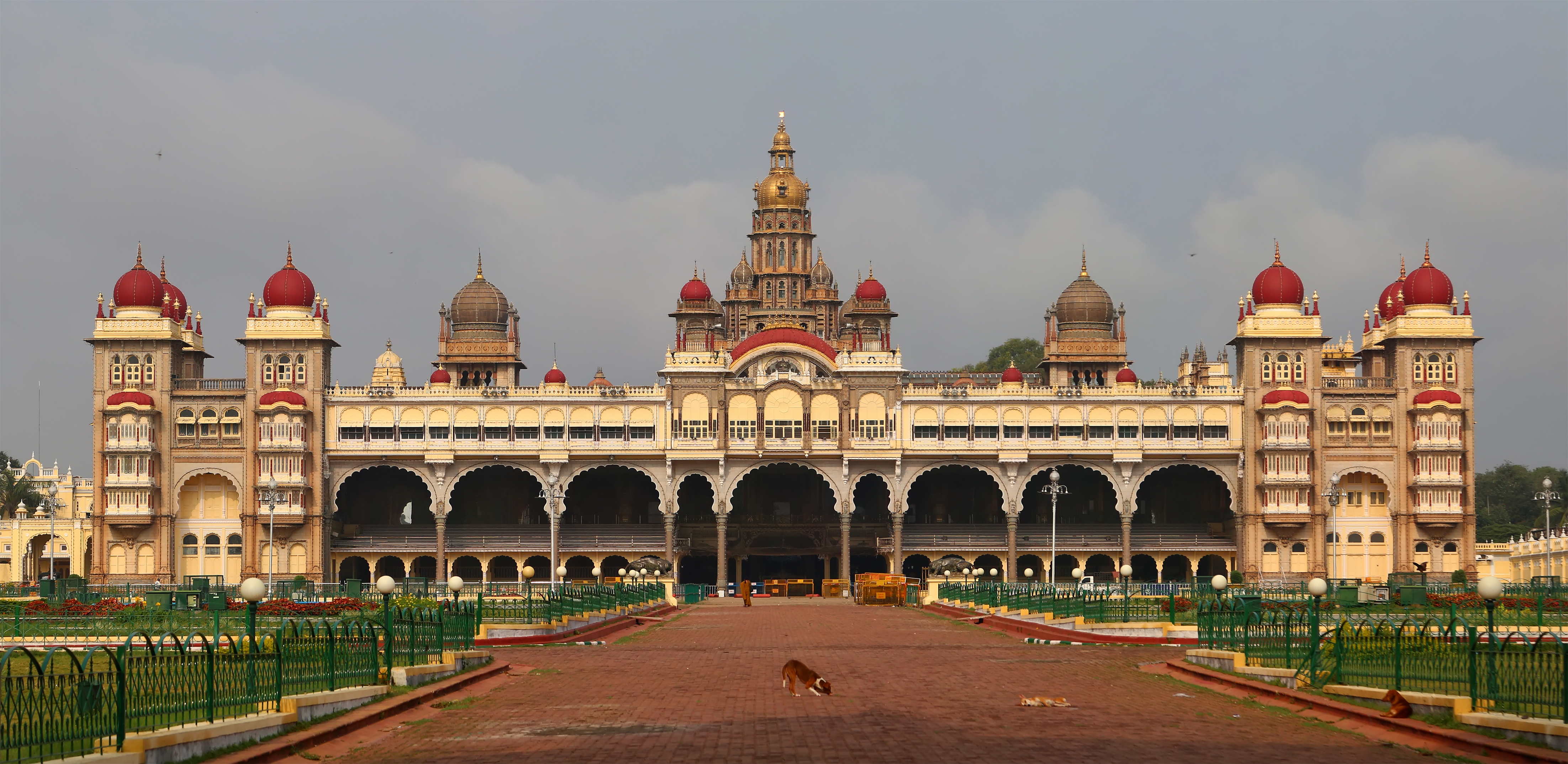
Mysore Palace is located in Mysore, Karnataka, India. This palace is among the largest in India. The palace was originally made of wood but was later burned down. However, the palace was rebuilt in 1912 under the leadership of the 24th Wodeyar Raja. You can visit this palace on a day that suits your schedule. Visiting Mysore by car will give you a chance to see its splendor.
There are 12 Hindu temples in the palace, which were built over a period of time from the 14th century to the late 1950s. The most impressive of these are the Someshvara and Lakshmiramana temples. The palace is illuminated at night, except on Sundays. Entry is Rs. 40 for adults, Rs. 25 for children aged seven to twelve.
The Mysore Palace is an important attraction in Karnataka, located in the heart of the city. It was once the official residence of the Wodeyar dynasty. It is today operated by the Karnataka State Government and is one of the most popular tourist destinations in the state. It is a must-see for anyone visiting the region! The palace is located within the Old Fort. The palace is the second most visited tourist attraction in India.
The palace was originally built in the 14th century. However, several reconstructions occurred over the centuries and the palace still stands tall today. There are countless stories behind every pillar and wall of this palace. You can also experience the past of India from inside the palace! The Mysore palace in Karnataka offers the perfect destination for those interested in history and architecture! You will have an unforgettable experience!
Shravanabelagola Gomateshwara
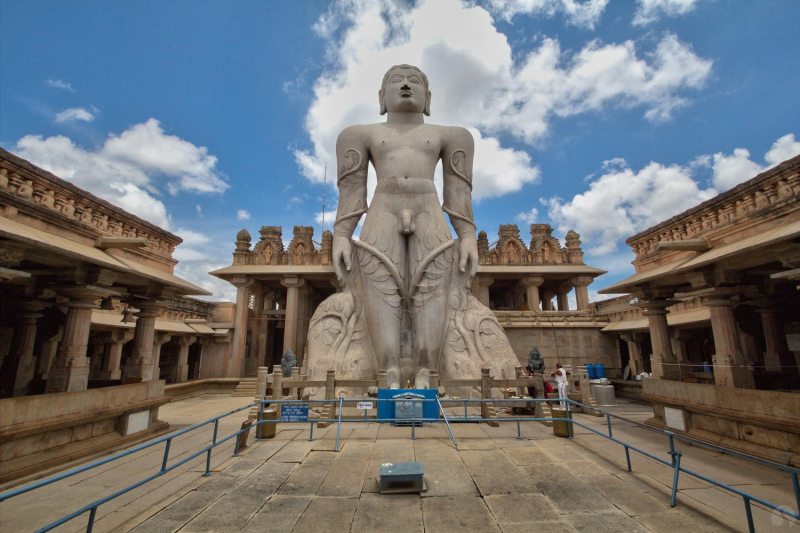
If you love temples, you should definitely pay a visit to Shravanabelagola, which is home to the world’s largest monolithic stone statue of Gomateshwara. This ancient site is also home to the 58-foot monolithic statue of Bahubali. Built in 983 A.D., this statue has since become a popular pilgrimage destination for Jains and visitors from all over the world.
This monolithic statue of Gomateshwara is surrounded by a forest of climbing vines, depicting Bahubali’s long meditation. During this time, he was so introspective that vines grew around his legs and arms. His ringlets of hair, large ears, and perfectly-formed facial features give him a unique look. His broad shoulders and straight arms are also an intriguing feature. However, you’ll have to be prepared for the cold weather, which can make it difficult to visit the shrine during the warm months.
The Statue of Gomateshwara is a popular pilgrimage site for Jains, who flock to the site on a daily basis to worship the soaring statue. The most important religious event for the statue occurs every 12 years, when hundreds of pots of food, turmeric paste, and milk are poured over it. In addition to the food, gold coins and milk are offered to the statue during this ceremony.
Gomateshwara is the son of Bahubali, the first Tirthankara, who lived millions of years ago. His statue stands near the city of Shravanbelagola, Karnataka. The statue is a symbol of Jainism, and depicts Bahubali in a prolonged meditation posture. The statue is also known as the bahubali statue.
Hoysaleswara Temple Karnataka
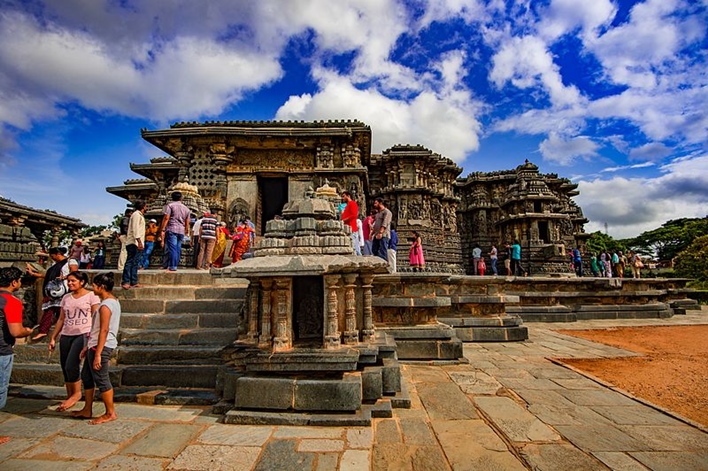
The Hoysaleswara temple in Karnataka, India, is a Hindu temple dedicated to Lord Shiva. It is located in Halebidu, the capital of the Hoysala Empire. Founded in the 12th century, the temple is a UNESCO World Heritage Site. During the reign of the Hoysala Empire, Halebidu was a prominent trading center.
The outer wall of Hoysaleswara Temple features a series of sculptures, starting with a dancing Ganesha at the entrance, moving to the north entrance, and finishing at the south entrance. Intricate sculptures are visible over the beams, as well. The most intricate sculptures are on the lintels of two entrances. In addition to the 240 images of the Hindu god, this temple is home to numerous other Hindu deities.
The Hoysaleswara Temple is one of the largest Shiva temples in southern India. The intricate carvings and artwork make it one of the most beautiful examples of Hoysala architecture. The temple is open from 6:30 AM to 9:00 PM, and is one of the largest Shiva temples in southern India. It is also considered one of the seven wonders of India and has been proposed for UNESCO World Heritage Site status.
The exterior of the temple is more complex. It features many projections and recesses, with the most intricate depicting the Hindu gods. The main shrine faces east. There are four porches inside, with one left open. The interior of the temple is equally beautiful, with the exception of some damaged doorkeepers. The Nandi statue, the attendant of Lord Shiva, is one of the largest monolithic statues in the country.
Badami Cave Temples in Karnataka
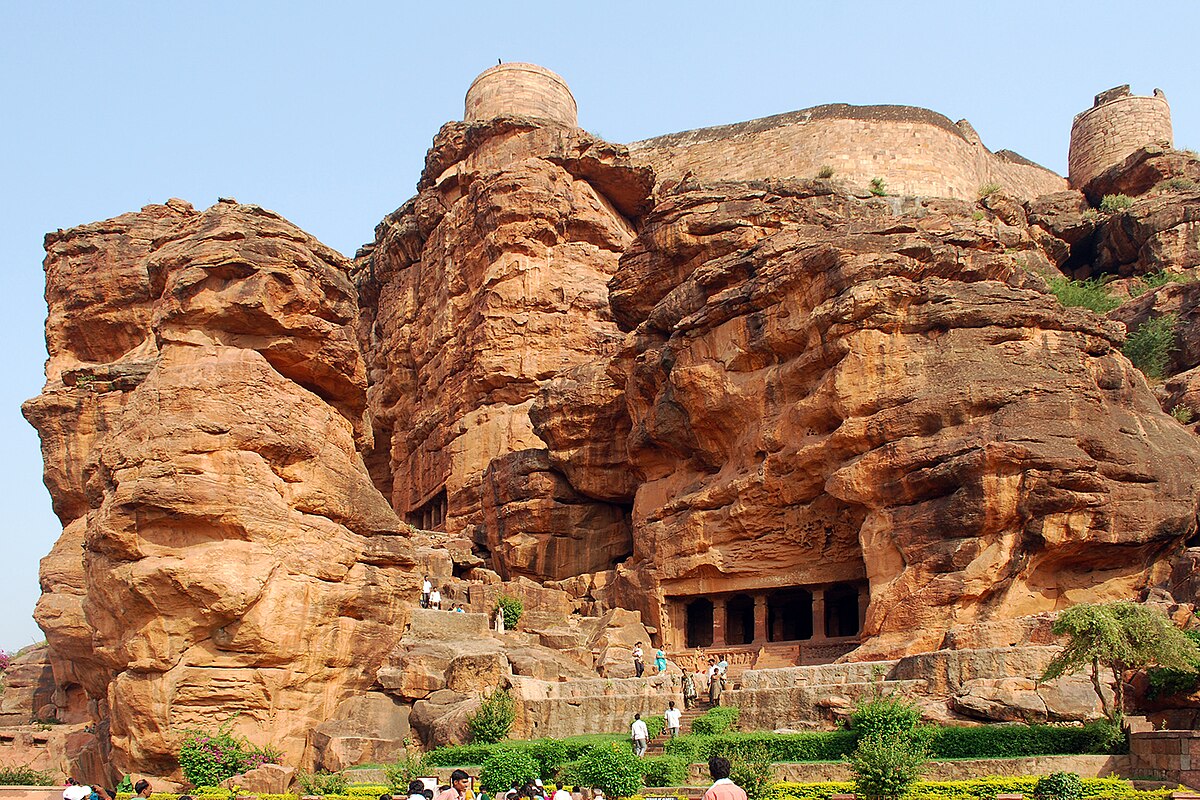
Badami is a town that was known previously as Vatapi and the Badami Chalukyas had a stronghold here from 540 to 757 AD. The town is also known for its rock-cut temples, which were built at the foot of a rugged red sandstone outcrop. The caves are the result of a centuries-old tradition of carvings, and their presence here symbolizes the rich Karnataka heritage. Badami was founded by Chalukya sovereign Pulakeshi I in 540 AD. The temples are the reflections of his tolerance of religion.
The caves are made of mammoth rock and are believed to have been carved out during the 578 AD period. The square sanctum contains 40 intricately carved pillars with intricate paintings. The main hall of the cave temple is decorated with 81 different dance poses of the Lord Nataraja, the God of Dance. Visiting the caves during sunset is a spectacular experience.
The cave complex is divided by four stone pillars, each adorned with mythical dwarf carvings. Inside the cave, there are many intricate carvings of Vishnu, who measures the earth with one foot, the sky with another, and Mahabali with the third foot. There are also a few beautiful paintings of the goddess Bhudevi in various poses, and the ceiling is beautifully adorned.
Suggested Blogs
- Ooty Tourism & Travel Information
- Air India Journey – History, Flights & Updates
- Top 10 Hill Stations in India
- Scintillating Folk Dance of Karnataka
- Vittala Temple Hampi – History & Facts
Gol Gumbaj Bijapur – One of the top Places to Visit in Karnataka
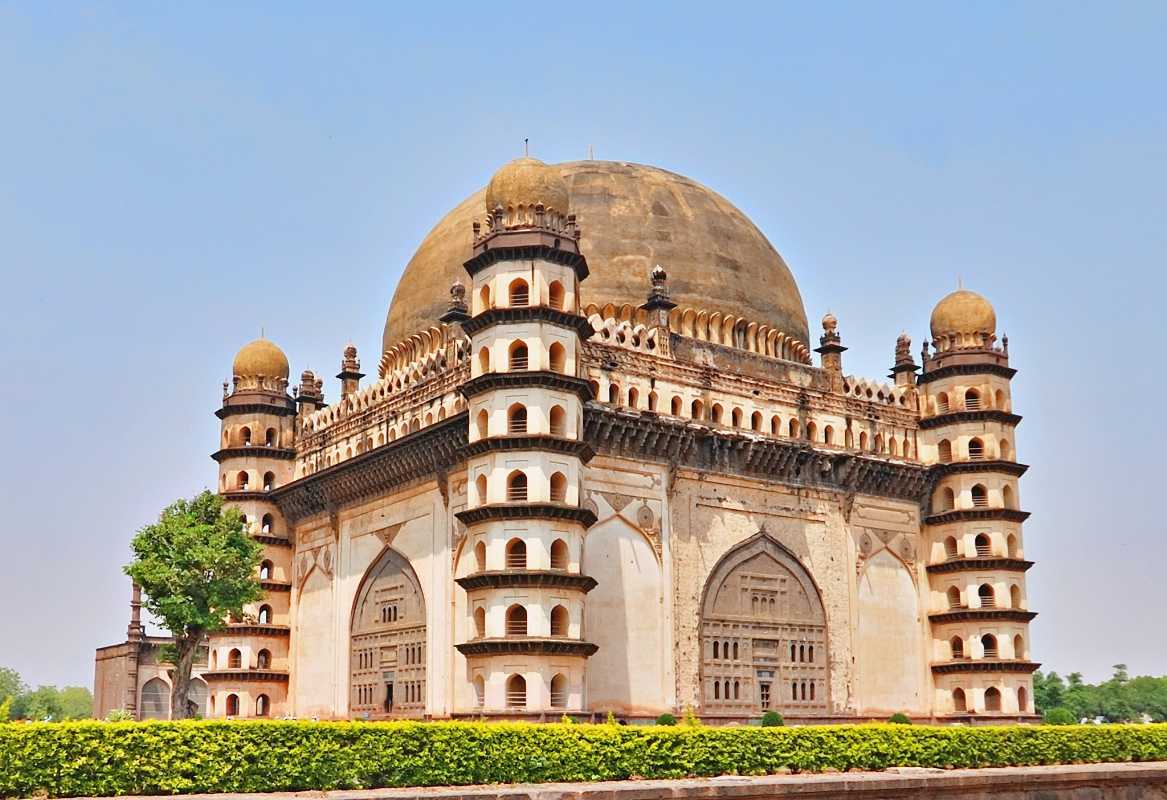
The Gol Gumbaj is a mausoleum for the Moghul emperor Mohammed Adil Shah. The construction of the Gol Gumbaz began in 1626 and was completed a few years later, in 1656. The name of the mosque is derived from Gol Gumbadh, a local Hindu temple, and the word ‘goombadh’ means circular dome.
The town of Bijapur was founded by Mohammad Adil Shah, who later fell prey to the Mughal emperor Aurangzeb. His tomb, the Gol Gumbaz, is the last surviving monument of his dynasty. The Gol Gumbaz stands as a monument to his power over Southern India. Besides being an important historical landmark, Gol Gumbaz is an interesting tourist attraction in Bijapur.
The structure of the Gol Gumbaz is reminiscent of traditional Bijapur architecture, but without the pillars or towers. Instead of a pier, the dome is held together by eight intersecting arches, which illustrate the Turkish origin of the ruler. The monument is a prime example of Indian architecture, and is home to an interesting collection of art and architecture. It is open to the public and offers tours and a chance to see a beautiful piece of history.
The Gol Gumbaz is the largest antiquated dome in India. The structure is the tomb of Mohammad Adil Shah, the seventh ruler of the Adil Shahi dynasty. The structure is the dominant landmark of Bijapur, and it was built over a period of 20 years. It is known as the Taj Mahal of South India. You may want to visit it in person to see the intricate details.
Visit the Bangalore Palace on Your Tour of India

While on your tour of Bangalore, don’t miss the opportunity to visit the famous Bangalore Palace. The sprawling grounds have been home to major artists and cultural events, and its gardens are especially beautiful. Different floral species and well-manicured hedges adorn its walls and grounds, and the grounds have even hosted international musicians and artists. The palace also houses a collection of around 30,000 photographs. Visitors are encouraged to spend the whole day here to fully appreciate all the beauty that it has to offer.
The Palace is best explored on foot, and auto rickshaws and taxis can drop you right in front of the gate. Visitors can also take a bus that will drop them off near the Palace Road. You will then need to walk a few steps under the railway line to reach the palace. The Bangalore Palace grounds are used for a number of public events, and world-class performers have graced the stages here.
The living quarters of the Bangalore Palace feature beautiful paintings by renowned artists. Raja Ravi Varma is one of the best known painters in India, and his paintings are on display in the palace. Photographs of the city show how the area has changed over the years. A weighing chair, once used by jockeys, can be seen in the palace. The British also gave the Wadiyars their Coat of Arms, which can be seen on display at the Palace.
Belgaum Fort – One of the top Places to Visit in Karnataka
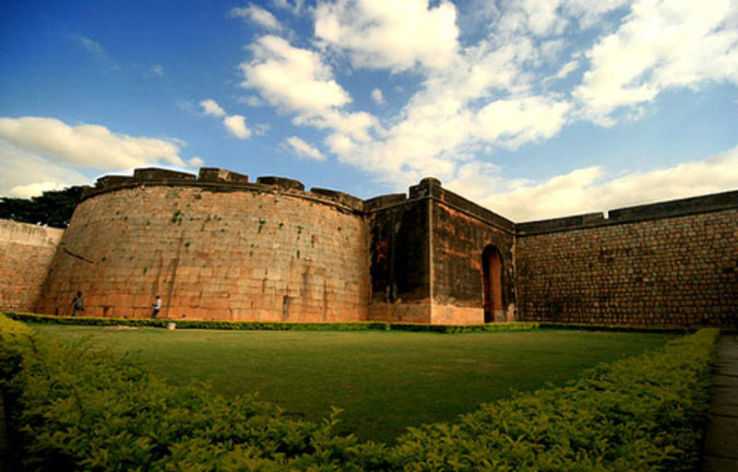
The 13th century fort was constructed by the Ratta Dynasty and has been controlled by various forces throughout the centuries. The fort houses Hindu and Jain temples, two mosques and a museum of gems. You can visit the temples of Ganesha and Durga to learn more about the history of the city.
The fort is a great tourist attraction and was recently recognized by the state as a’state heritage monument’. It served as an impenetrable barricade against invading armies and was home to Mahatma Gandhi during the freedom movement. The fort’s large walls and well-preserved ramparts make it a beautiful place to spend the day.
Inside the fort, you can visit two mosques and a Hindu temple. One is dedicated to the goddess Durga while the other is dedicated to the Hindu god Ganesha. The exterior of the mosque is decorated with mythological figures. On the inside, you can visit the Safa Masjid, which is frequented by Muslims. Inscriptions on the pillars of the mosque are in Nagari and Persian styles.
Belgaum fort is located in northwestern Karnataka, near the borders of Maharashtra and Goa. You can reach the fort via road, rail, and air. The fort is located approximately 500 km from Bangalore and is halfway between the two cities. If you plan to fly into Belgaum, you can use the airport located 10 km from the fort. The fort is open to visitors every day of the week between 8 am and 6 pm. The weather is generally warm and pleasant.
Kedareswara Temple – One of the top Places to Visit in Karnataka

The temple is a 13th-century Hindu shrine with elaborately carved soapstone shrines. Here, you’ll discover the history of the temple and find out how to get there. There are a few things you must do first, however. Visiting this sacred place of worship is a must.
The temple is accessible by air and is close to the city’s international airport. To visit the temple, you should plan to bring a camera. There are a lot of beautiful architectural details to capture with a camera. You’ll also want to bring along a bottle of water, comfortable shoes, and a headscarf. You’ll want to pack a bag full of essentials, such as a camera.
The temple is a star-shaped building devoted to Lord Shiva. It was built during the Hoysala Empire, and is located near the town of Halebid. It is a beautiful example of Chalukyan architecture, and boasts a bucolic location. Unfortunately, the temple was severely damaged by a series of collapses half a century ago. But, this hasn’t deterred people from visiting the temple.
The sanctum houses the Shiva Linga of Krishnashila, a black stone. It is also home to several shrines built out of elaborately carved soapstone. A statue of Janardhana, the first king of Karnataka, is also found in the sanctum.

